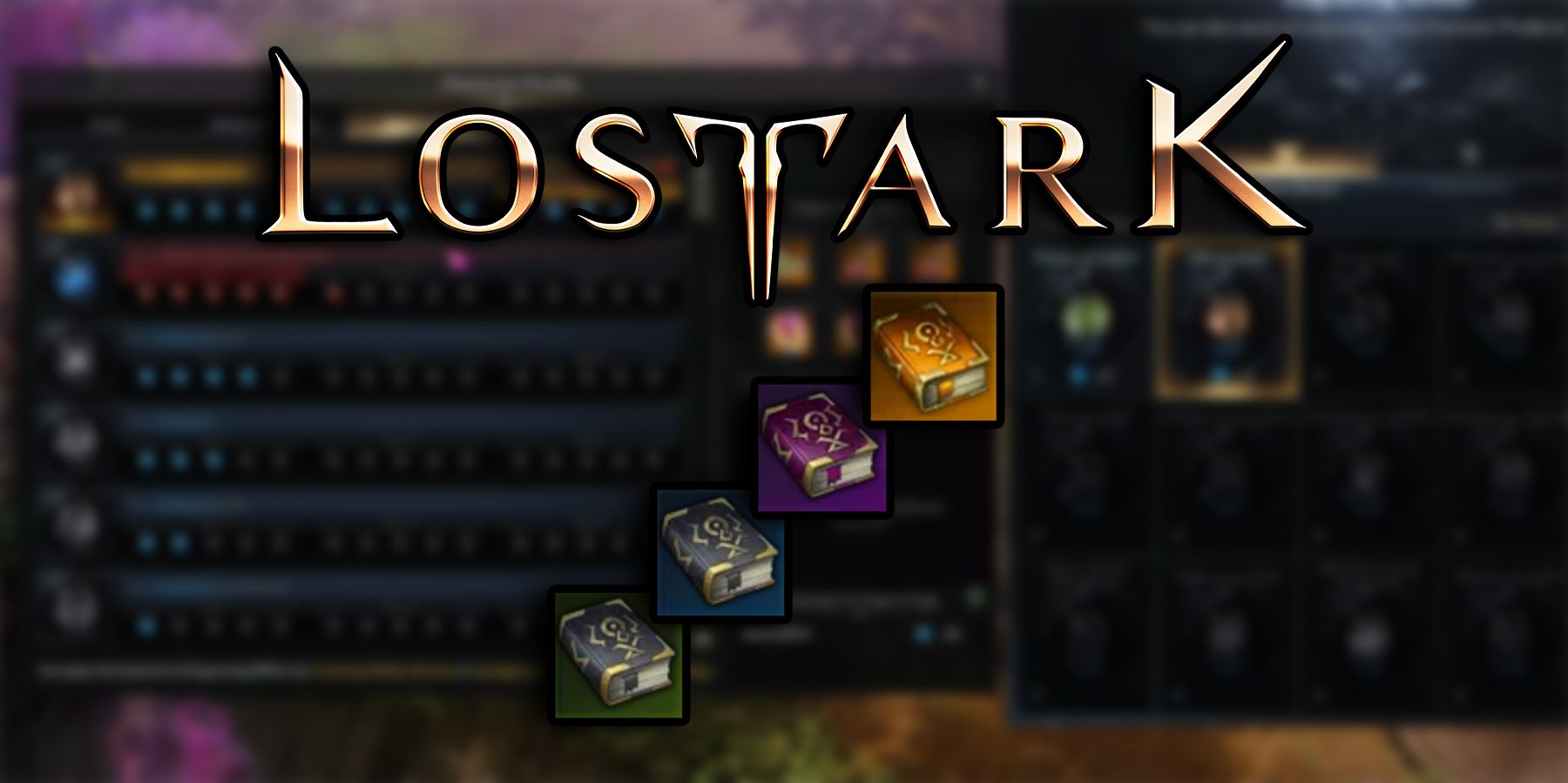As an Asian American who grew up in Alaska, Juliana Hu Pegues has often been told stories of Asian immigrants, by her family and friends, even by teachers, who have never entered the schools. history books from his country of origin.
“Something I felt as a young person, but became more politically aware as an adult, was the historic and continuing colonial dispossession of the native peoples and lands of Alaska,” said Hu Pegues, professor. Fellow in the Department of English Literatures of the College. of Arts and Sciences.
Hu Pegues’ new book, “Space-Time Colonialism: Alaska’s Indigenous and Asian Entanglements,” published in June by the University of North Carolina Press, seeks to correct the picture by assessing four key historical periods in American-Alaskan history. : The Alaskan Purchase, The Gold Rush, The Emergence Of Salmon Canneries, And The WWII Era – And Exploring The Often-overlooked Connections Between Alaska’s Indigenous Peoples And Asian American immigrants.
“I knew I couldn’t tell a story of exploitation and exclusion of Asian Americans in Alaska without taking into account and examining multiple but different experiences of oppression (and possible affinities),” a- she declared. “Now that I am on the other side of the process, I can see that this book is my attempt to make sense of the hometown violence, even and especially if I am involved in these structures.”
Hu Pegues will discuss the book on September 24 at 12:25 p.m. at Goldwin Smith Hall, G64, as part of the American Indian and Indigenous Peoples Studies Program.
She discussed the book with the Chronicle.
Question: One of the ideas your book explores is that Alaska Natives are seen as “timeless” and Asian migrants and settlers “irrelevant” in colonialist Alaskan narratives. Why have the links between these two groups been neglected for a long time?
Answer: My short answer? White supremacy. To elaborate, the stories of Alaska, like most of the history of the United States, are premised on a heroic, often but not always white and masculine, heroism that values a gradual but dismal domination over people and nature. , with colonization as the final goal. Certainly, in Alaska with its extractive economies (gold, timber, salmon and now oil), this tale of conquest and inevitability prevails. Indigenous peoples and racialized immigrants, if included, are usually notes or sidekicks, and centering a story without a white hero at the center is all the more difficult.
Q. Your book overlaps with Asian American Studies and Native and Native Studies. What are the challenges in bridging the gaps between disciplines?
A. In Asian American Studies and Native and Native Studies, often and naturally, the emphasis is on dominant power structures. But what about a story, or stories, through difference, not looking at power vertically but at the entanglements that operate more horizontally? I said again, what would an Alaskan story look like that wasn’t hyped by whiteness? In trying to answer these questions through such a lens, I have found it necessary to respect the intellectual autonomy and political imperatives of Asian American Studies and Native and Native Studies. This meant trying to speak across both domains and multiple audiences, as the two domains have very different conversations on issues such as colonialism, race, identity, and nationalism.
Q. You focus on four key historical periods in the history of the United States and Alaska. What about those eras and events that can be applied to contemporary Alaska, and more broadly to today’s United States?
A. When I first started researching and writing this book, I saw Alaska as an exceptional case to consider. But, as my project developed, I came to understand that Alaska was not exceptional, but perhaps exemplary of the United States’ colonization project, that people-to-people relations Indigenous peoples and racialized immigrants, and the concealment of these ties, is integral and dynamic. means of accounting for both the land and the necessary labor still elidated in the formation of the nation.
Q. In the introduction to the book, you mention that “space-time colonialism” is a play on the “space-time continuum” and a conceptual nod to science fiction. How did you find this as an organizing theme? What was the point of using a “science fiction” lens?
A. For that, I must thank poet and artist Christy NaMee Eriksen, who also lives in my hometown of Juneau, Alaska. I’m notoriously bad at titles and Christy has generously helped me think about the possibilities. We came up with the idea of “space-time colonialism” together, and I immediately loved the pun and the recklessness of it. Having that concept for the title helped me deepen my thinking about Alaska, especially its nickname “Last Frontier” as always speculative, both nostalgic and expansive.
Q. What can you tell us about the Native and Asian communities in Alaska and their efforts to push back on Imperial and Colonial narratives?
A. While it was important to study how colonialism affected Native Alaskan people and Asian American immigrants differently, I knew it wasn’t enough. Equally important, if not more, are the ways in which Indigenous and Asian peoples and communities have told their own stories – through oral histories; in poetry, prose and memory; through photographs; in their policy; and in everyday encounters. When a Japanese immigrant photographer records a meeting of Alaska’s first indigenous organization, or when a Tlingit author details Filipino and Japanese neighbors and colleagues, these moments transcend settlers’ colonial settings to evoke alternative modes of meaning. and belonging.
Q. What was the most surprising thing you learned during your research?
A. I always knew that there were stories to be found outside of official histories and archives, and I suspected that Native communities in Alaska might have known about Asian American immigrants in the past. It was just that no one had ever asked. What I didn’t expect was the depth of this knowledge, in oral histories, conversations, in literature and in art.
Two amazing examples come to mind. During World War II, a village hid the mixed ancestry of a Japanese and Native Alaskan family, preventing them from being sent to a US-Japanese incarceration camp. In another example, a story passed down from the 1880s suggests that members of the Tlingit tribe aided and protected Chinese miners who were being chased away by a white mob. These stories underscore the importance of Indigenous knowledge for Asian American Studies and, more broadly, for relational approaches within ethnic studies.
 Zoo Book Sales
Zoo Book Sales



